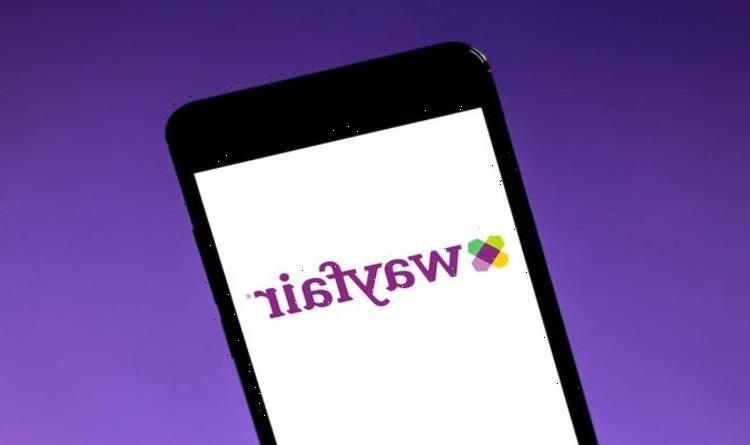- Sunscreen in the US is regulated by the FDA, yet American sunscreens may not be protecting us as much as the ones you can find in other countries.
- Out of 20 best-selling US sunscreens, nine of them didn’t meet European standards.
- Dermatologist Dr. Seemal Desai explains what to look for in a sunscreen that protects against skin cancer-causing UVA rays.
- See more stories on Insider’s business page.
Following is a transcript of the video.
Narrator: In 2017, researchers tested 20 best-selling US sunscreens. The good news is that 19 of them met FDA standards. The bad news? Nine of them didn’t meet European standards. Turns out, different countries have different rules for what makes a safe sunscreen and US sunscreens may not be protecting Americans as well as it could. When we lay in the sun, our skin absorbs two types of UV light. UVA and UVB rays. UVB light is higher energy and can cause sunburns while UVA penetrates deeper under the skin and can damage skin cells along the bottom layer of your epidermis.
Desai: We know that UVB rays are the rays that cause sunburns. But UVA rays are the rays that can actually cause skin cancer so you actually wanna cover the spectrum on both of those. I think a lot of people get into a misconception that I didn’t get sunburned so I’m not at prone to getting skin cancer which really isn’t true.
Narrator: The biggest concern with US sunscreen is how much protection you’re getting from cancer-causing UVA rays. For decades, FDA regulations required that sunscreens protect against UVB, but not necessarily against UVA. Meanwhile, rates for melanoma, a dangerous form of skin cancer, kept climbing in the US. Then, in 2012, the FDA updated its regulations on labeling and testing so that manufacturers must now let customers know if its sunscreen protects against both UVB and UVA. That’s what the broad spectrum label on your sunscreen means, for example. And while this is a good first step, there’s still no regulation on how much protection you’re getting from UVA. So, there’s no way to tell.
Desai: Here in the United States, I think we need to be cognizant of the fact that when a sunscreen says it’s broad spectrum, UVA- and UVB-protecting, that does mean you’re going to get protection against those rays. However, what it does not mean is that it’s going to block out all of the rays.
Narrator: And that’s where US sunscreens fall short.
Desai: And I will say that I do think we are behind other countries globally, particularly some of our European counterparts, in getting new sunscreen ingredients approved. Overall, there has not been much change in US sunscreen composition and what our sunscreens are made up of in the past several years.
Narrator: The FDA has approved 16 active ingredients that protect against UV radiation. But only some protect against both UVB and UVA rays. For comparison, Europe requires that all of its more than 20 active ingredients protect against both.
Desai: Right now, the American Academy of Dermatology and other organizations are really advocating with the FDA that they need to really speed up the approval process for new sunscreen ingredients. Because it’s with these ingredients that we can probably get even better coverage and better protection and maybe even get something that’s easier to apply, that’s easier on the skin, that doesn’t have any harmful side effects for patients.
Narrator: You can purchase sunscreens from other countries online. But if you plan on sticking with American sunscreens, look for the broad spectrum label and don’t buy anything below SPF 30.
Desai: The higher the SPF, definitely the better. But we definitely don’t want anyone going below a 30. And think about if you’re someone who has a history of a melanoma, if you use an SPF 30, you’re blocking out let’s say 98% of the harmful rays. However, what about the remaining 2%? That 2% may be something that could be potential of putting you at a risk down the road.
EDITOR’S NOTE: This video was originally published in November 2018.
Source: Read Full Article


